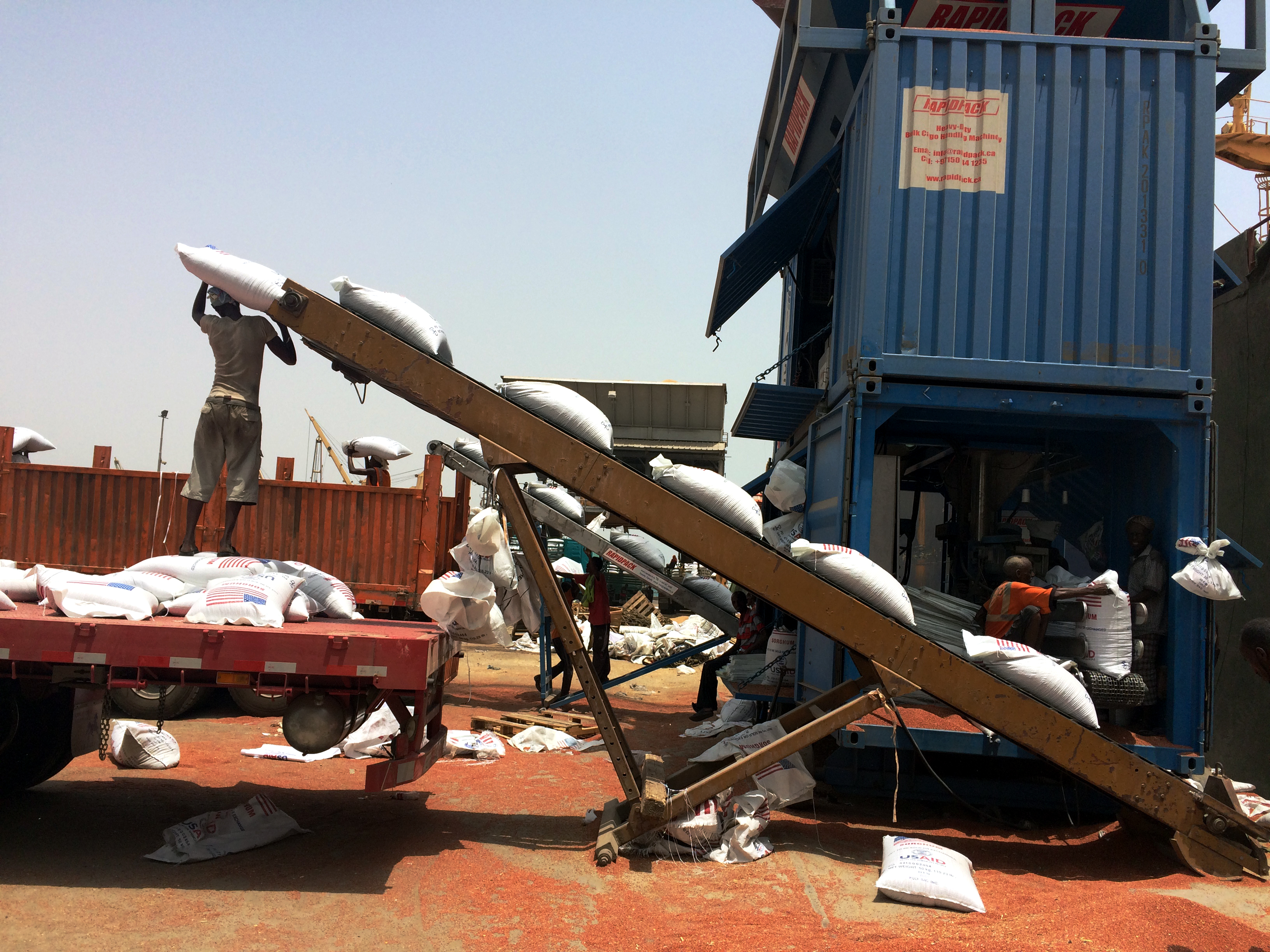Food assistance supply chains face quality and quantity losses, though – as Chris Barrett and Dan Maxwell note (Barrett and Maxwell 2005) – the data concerning these losses are sparse. Food aid bought in the United States as a “transoceanic procurement” or in a developing country as a “local and regional procurement” (LRP) is shown to be of similar quality (Harou et al. 2013). The US Agency for International Development (USAID) conservatively estimates that it loses one percent of transoceanic food aid that is sent (USAID 2013). One percent of the annual total value of USAID food assistance can be about $10 million. United Nations World Food Programme (WFP) data suggests that 10% of Ugandan Purchase for Progress (P4P) farmers, participants of an LRP program, default on agreements to supply food to WFP due to quality issues (WFP 2011, pgs. xiv and 33). This is unsurprising, as post-harvest weight loss of maize due to insect feeding is estimated to be about 20% over a storage period of roughly 7 months in Africa (Affognon et al. 2015).
With an activity like food assistance, it can be difficult to strategically design and learn from procurement: on the day-to-day, beneficiaries must be supported, vendors paid, and donors and oversight boards satisfied. Millions of metric tons a year flow from donors to beneficiaries, and, while there is ample room for innovation through experimentation, the vast majority of aid shipments conventionally move from farm to village.
In order to learn new ways of preventing losses, USAID recently shipped about 1,000 metric tons of milled corn and soy, yellow split peas, and sorghum at a value of $1.7 million to Djibouti and South Africa in nine new types of packaging. The packaging varies in size and ability to prevent insect infestation and moisture damage. The goal of the pilot procurement is to trial packaging types to identify cost-effective options that may reduce spoilage and avoid the need for fumigation in food aid supply chains.
In a similar fashion, in 2014-2015, WFP purchased three types of airtight post-harvest storage equipment from local manufacturers and distributors and sold them to about 16,000 Ugandan farmers, of which almost three quarters participated in P4P. Here, the goal was to support the growth of the Ugandan post-harvest storage sector to increase the quantity and quality of food on the Ugandan market and for in-home consumption.

Experimentation—systematically procuring a few different packaging or storage options—is proving to be a useful tool to help inform program decisions, because food aid supply chains occur in such a complex context. Accordingly, these two interventions, each consisting of multimillion-dollar purchases, used the procurement process to reveal true supply chain capacities and costs in the food assistance system.
The USAID packaging study can help identify the capacity to handle, and possible cost of handling, the packaging types, as well as where quality issues occur in the supply chain. USAID can learn, for example, if warehouses can efficiently handle 1,000 kilogram bags, which are 20 times the usual bag size or if airtight liners are susceptible to puncturing during port handling and therefore no longer adequate to protect food aid from moisture damage.
Similarly, by placing orders for 16,000 storage units with the Ugandan post-harvest storage sector, WFP revealed manufacturing capacity constraints in the small firms producing metal silos. Moreover, by contracting with firms to produce storage, WFP collected data relevant to the type of decisions that farmers face. For example, the cost per kilogram stored of a plastic silo is less than that of a bag with an airtight liner, under most product lifetimes and timeframes. Like USAID, WFP learned about how different storage preserved food quality by visiting farmers and observing their stored crop.
USAID and WFP plied food supply chains with innovative packaging and storage. But the other innovation here is the willingness to experiment. Through systematic procurement, they were able to successfully evaluate how packaging and storage is provided and used in the complex operational contexts of developing economies.

